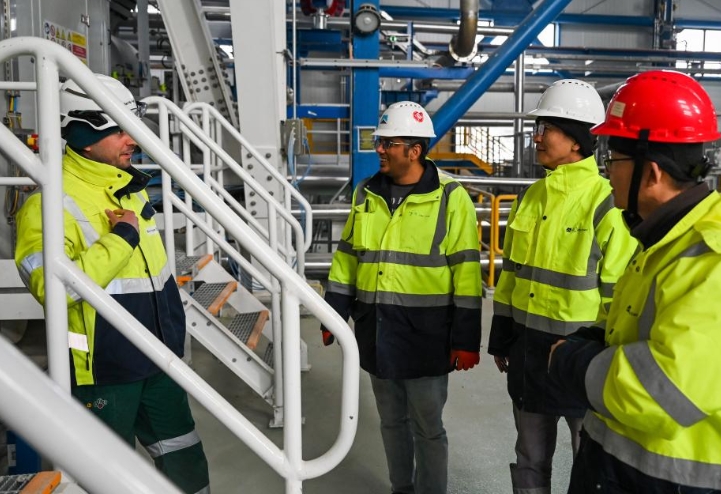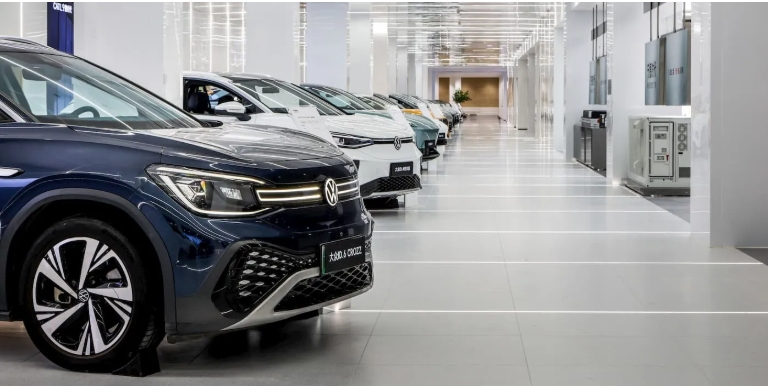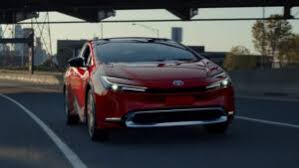Competitive markets are wonderful crucibles of innovation. With decades of accumulated manufacturing experience for use in portable electronics, lithium-ion battery prices have steadily dropped. As a result, larger battery products for electric cars and buses have emerged, making them more affordable and paving the way for grid applications.
The early versions of energy storage systems were relatively small. With declining battery prices, their size and volumes have grown, opening up new markets. A few now store enough energy to manage the variable nature of wind and solar energy over the course of a day. Even larger systems are in planning and development, but progress is still gated by battery costs.
Looking a few years ahead, our scientists at Utopus Insights studied the characteristics of hybrid power plants that combine wind and/or solar power with battery storage.1 While the industry has focused almost exclusively on pairing solar with batteries, we found, to our surprise, that wind pairing offers unique benefits.
With solar pairing, there are many days when it is not possible to meet a target power commitment during peak hours. In most of the cases we studied, wind pairing yields many fewer missed days.
In hindsight, these results make sense. Peak hours typically start when the sun is setting, yet the wind may continue to blow. Thus, solar requires more “lift and shift” because a larger proportion of the energy supplied during peak hours must be provided by discharging storage.
Significantly, we found that for a given battery capacity, combining wind and solar further improves the ability to meet peak demand. Reliability is improved because the two energy sources complement each other temporally.
Just as choosing a judicious mix of stocks and bonds may reduce the volatility of our financial investments, diversifying renewable energy sources and pairing them with the right amount of battery storage is a good way to make sure we have enough energy during peak hours.
The optimal mix of wind and sun depends, of course, on the local climate and timing of peaks.
As a wholly owned energy analytics subsidiary of Vestas Wind Systems, the world’s largest wind turbine manufacturer, the generation forecasting and storage optimization that we are developing will be crucial in enabling such hybrid plants to achieve their maximum value. Hybrid plants can reliably supply electricity during the hours of peak demand, eliminating the need for expensive gas-fired peaker plants. This would be the beginning of the end of fossil-fired electricity production.
The timeline of this coming transition is tied directly to the rate at which battery costs will fall. The cost of battery packs for electric vehicles, as tracked by Bloomberg New Energy Finance, has declined at an annual rate of about 20 percent since 2010. While most observers predict that this rapid decline must soon slow, we believe that conditions are in place for continued rapid cost reduction.
We’ve evaluated the available data on the cumulative manufacturing volume versus cost (the experience curve) for various applications of lithium-ion batteries. Batteries for portable electronics exhibit a high learning rate (defined as the percentage cost reduction for each doubling of manufacturing volume) of about 30 percent.
The supporting data goes back to the mid-1990s. Newer applications, such as battery packs for electric vehicles and battery systems for utility-scale storage, are believed to have much lower learning rates on the order of 18 to 20 percent. However, we believe the data demonstrates a convergence of these learning rates to the long-established electronics learning rate of about 30 percent, as manufacturing volumes have become significant.
In fact, battery packs for electric vehicles now dominate the annual global demand for all lithium-ion batteries, which many analysts agree will lead to lower battery prices for utility-scale storage. If our analysis of the learning rate is correct, and with manufacturing volumes driven by the booming and increasingly competitive market for electric vehicles, we project continued battery cost reductions at a compounding rate of roughly 20 percent per year for some years to come.
Utility-scale energy storage will benefit from the associated cost reductions and battery technology improvements. And lower costs will make battery storage ubiquitous in our electricity supply networks, not least at the source: the power plant.
So where are the wind + storage plants?
That brings us back to this question: Why do so many of the newly announced power plants pair solar power with battery storage, to the exclusion of wind?
We fear that in many regions around the world, current government incentives for renewable energy investment, established well before the emergence of utility-scale battery storage, may be distorting this growing market. For example, in the United States the Investment Tax Credit for solar power includes investment in battery storage, while the Production Tax Credit for wind does not.
Furthermore, the ITC will step down to 10 percent of project cost by 2022 and then stay at that level, while the PTC is set to expire in 2020. Recently, the U.S. wind industry, represented by the American Wind Energy Association, has been advocating to include wind in the ITC tax code, looking for more parity in how wind and solar are incentivized.
Globally, we need to ensure that subsidies and credits do not introduce perversities or impediments to true progress; they should encourage investment in the application of storage but not favor specific technology or design choices. Regulations must also be carefully considered. As an example, storage is classified as generation in many markets, preventing transmission and distribution operators from owning or operating storage assets at points in the electricity system where they could be most useful.
Policymakers, legislators and regulators can promote these welcome changes by rethinking market design and investment incentives to encourage the integration of new energy storage technologies and allow market forces to establish their true value.
As the benefits of the clean energy transition become more evident, we urge exploration of larger policy changes. These could include, for example, a phased elimination of subsidies for fossil fuels, a gradually increasing carbon tax or price, and increased funding for research and development of energy storage technologies that extend or complement the capabilities of lithium-ion batteries.
Clean, fuel-free sources of energy are beginning to replace fossil fuels in powering our electrical grid. Increasingly affordable lithium-ion batteries are accelerating that trend, transforming sun and wind into reliable sources of power. Indeed, these versatile batteries can store electrical energy from any source when it is plentiful and release it when it is scarce. They can be located strategically to reduce congestion on transmission lines. What's more, they provide ancillary services that improve power quality and reliability. These multiple benefits can be monetized and combined, adding to the attractiveness of the investment.
These developments herald the powerful economic forces that will drive the coming energy transition. Given our forecast for continued rapid battery-cost reduction, we anticipate remarkable progress over the next several years. New wind and solar power plants will routinely be paired with battery energy storage, and older plants will be retrofitted.
Industry planners and managers should anticipate rapid change in the generation and distribution of electrical power, as well as faster electrification of transportation, heating and industrial processes, currently still dependent on fossil fuels. An electrified energy sector, powered in large part by sun and wind, will be a big step toward a cleaner world with more abundant and sustainable energy, thus fulfilling an urgent environmental imperative.
1: For geographic locations in various climates, we modeled the ability of wind + battery; solar + battery; and solar + wind + battery systems to generate various fractions of nameplate power during 4 hours of peak demand. For each case, we assumed a battery capable of discharging at multiple fractions of nameplate power for durations of 2, 4 and 6 hours.







